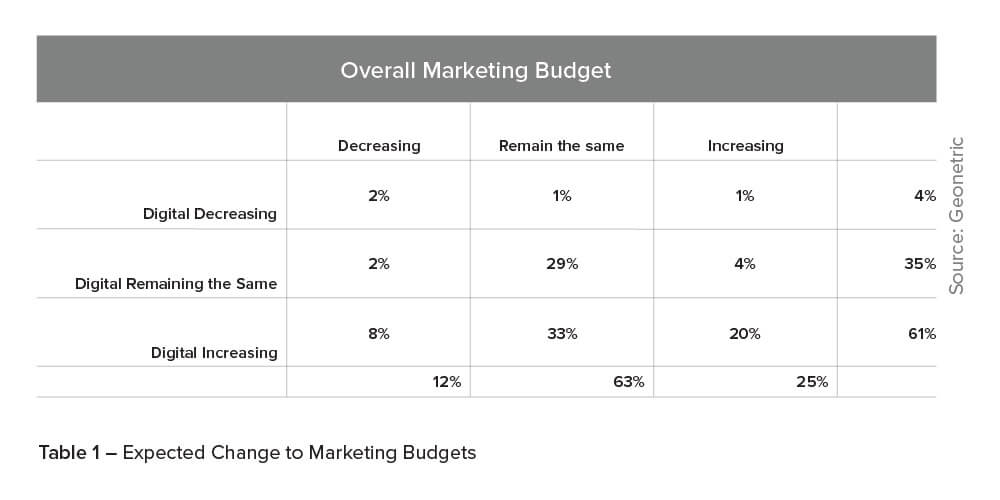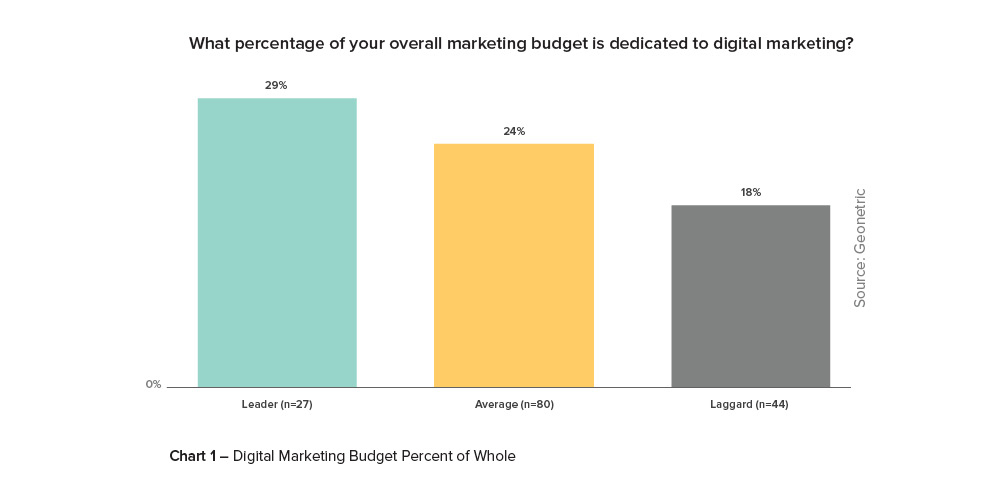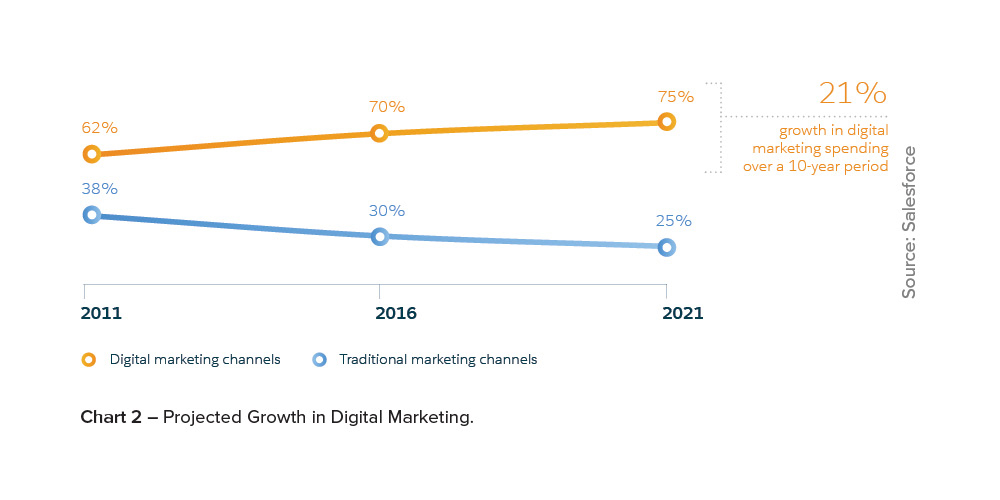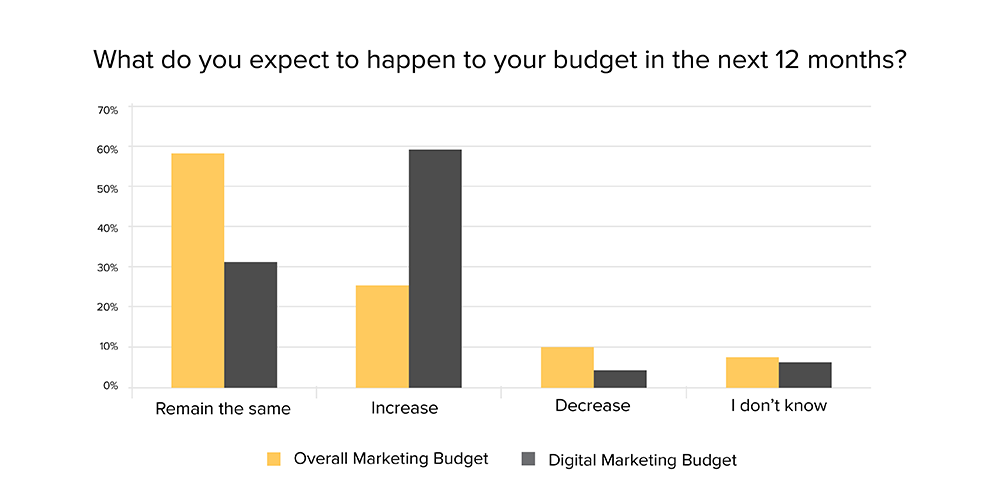Content Marketing and the Seismic Shift in Consumer Expectations
Love it or hate it, it’s clear that content marketing represents a seismic shift for both brands and marketers. Seth Godin famously said “content marketing is the only marketing left,” and there’s a reason it’s become so important: consumers have changed. They’re savvier and more averse to traditional marketing tactics than ever before.
What healthcare consumers expect is information that helps them make important decisions, understand their health conditions, evaluate their care options, live well and even occasionally be entertained. This means your brand won’t be given a second thought if your content stays rooted in yesterday’s promotional tactics. In fact, research shows that being overly self-promotional is the most common reason brands lose the attention of consumers.2 And with that attention goes revenue, growth, success in competitive markets and the respect of your C-Suite.
Clearly, attention is what matters in the new economy. And your job as a healthcare marketing leader is to earn it and monetize it. This often means shifting internal budgets, changing tactics and even retooling skill sets as you launch and refine your content marketing efforts.
If it seems like a lot to take on or you’re not sure where to begin, start with a simple power question you can ask yourself or your content teams: “Can you tell me how we’re doing, what’s working, and what we need to change for better results?” The answers can reveal the difference between just publishing content that’s not connected to results, and a functioning content marketing program that’s either right on track or in need of adjustment.
Be cautious of replies that are strictly about how busy people are without connecting the dots to the revenue pipeline. You want to hear hard numbers about how content is contributing to new patient acquisition, how it’s working to grow relevant audiences, contributing to brand health and even driving organic traffic for high-value keywords you’d otherwise have to buy. If you can describe the value of your content in terms of actual dollars, you’re in a good spot. There are several acceptable ways to do this, and they are critical to helping you understand and communicate your content’s performance and value. Alternatively, if you don’t know where to begin with assessing this in terms of revenue, it may be time for some help.
Social Media, Content, and Pay-to-Play Distribution
Social media is still a major distribution channel for most content marketing, so your investments in it are here to stay. That’s not to say they won’t need to change, however. Recently Amanda Todorovich, Director of Content Marketing at Cleveland Clinic, reminded us all how ephemeral free reach is on social media platforms. Speaking at Content Marketing World 2016, she revealed:
The Facebook algorithm killed us. A couple years ago, 50% of our traffic [to Health Essentials, the Cleveland Clinic health hub] was from social media. Today, it’s not even our number one channel. Organic search is.
– Amanda Todorovich, Content Marketing World 2016
Social media platforms are increasingly attempting to monetize by charging for content promotion. What this means is that you’re now likely in a pay-to-play position. Either you pay to get your traffic in front of the eyeballs you want, or suffer greatly diminished reach of the content you share.
The lesson to take away is this: your strategy needs to accommodate the reality of paid social media reach while maximizing tactics that can drive traffic organically. This includes taking an SEO-first mindset to everything you do, sharing content organically in relevant communities, and taking a data-driven approach to your paid content promotion.
Social media is also a tremendously rich source of value for your content marketing, but not just as a promotion channel. Some of the most active communities for health conditions are found in the social realm. Are you keeping an eye on them? These are rich sources for story mining and will help you identify prime topics for your content marketing.
Reputation Monitoring in a Social World
Letting a negative story shape the conversation about the quality of your brand’s healthcare is not only irresponsible, but it can quickly undo your best marketing efforts and negatively impact your bottom line. A reputation monitoring program that measures sentiment and identifies problems provides you opportunities to both address problems before they fester and celebrate your fans in a timely fashion.
Once impractical (if not impossible) to implement effectively for most organizations, reputation monitoring technologies and services have matured to the point where they are now within reach of most marketing budgets. They cover most social networks and physician review sites. It’s worth shifting dollars and reprioritizing budgets to add these tools to your marketing mix.
We know that patients use reviews, recommendations and the advice of others as strong criteria for selecting physicians, caregivers and providers. Because of this, you need to be listening to what stories people who have interacted with your brand share publicly. You’ll also want to develop a plan for reaching out to individuals who report negative experiences, and figure out how to fold what you learn from your monitoring into the operational changes that positively shape the experiences of your patients. Over time, this will also positively change the tone and tenor of the stories your patients share, improve how they rate and review your physicians and contribute to your brand health.
Lastly, reputation monitoring can also be a valuable story mining source for your content marketing efforts. Inspirational stories and positive health outcomes are the obvious examples, but many times patients also reveal content opportunities in other ways: lack of understanding about their conditions, lack of awareness of treatment options and more. If your reputation monitoring isn’t plugged into your content marketing story mining efforts, you’re likely missing great topic opportunities.
Leading Your Healthcare Brand in Changing Times
It’s clear that new technologies, changing consumers and an evolving competitive landscape are fundamentally changing the way many healthcare marketers approach their work. On top of this, there is a growing trend across industries that is being felt acutely in healthcare marketing: senior officers want to see in unambiguous terms what positive impact marketing is making on the bottom line.
For many this may feel like we’re being asked to throw the traditional work we’ve always done out the window, but nothing could be further from the truth. Brand, experience and traditional promotional work are still vital. But many healthcare marketers may need to reprioritize, retool and rethink how they approach marketing so that they can connect it to revenue in ways that the C-Suite understands. Typically this starts with a meaningful content marketing program, readjusting social media strategies, and investing in reputation monitoring to identify and address lingering issues with the brand experience that need to be improved.










